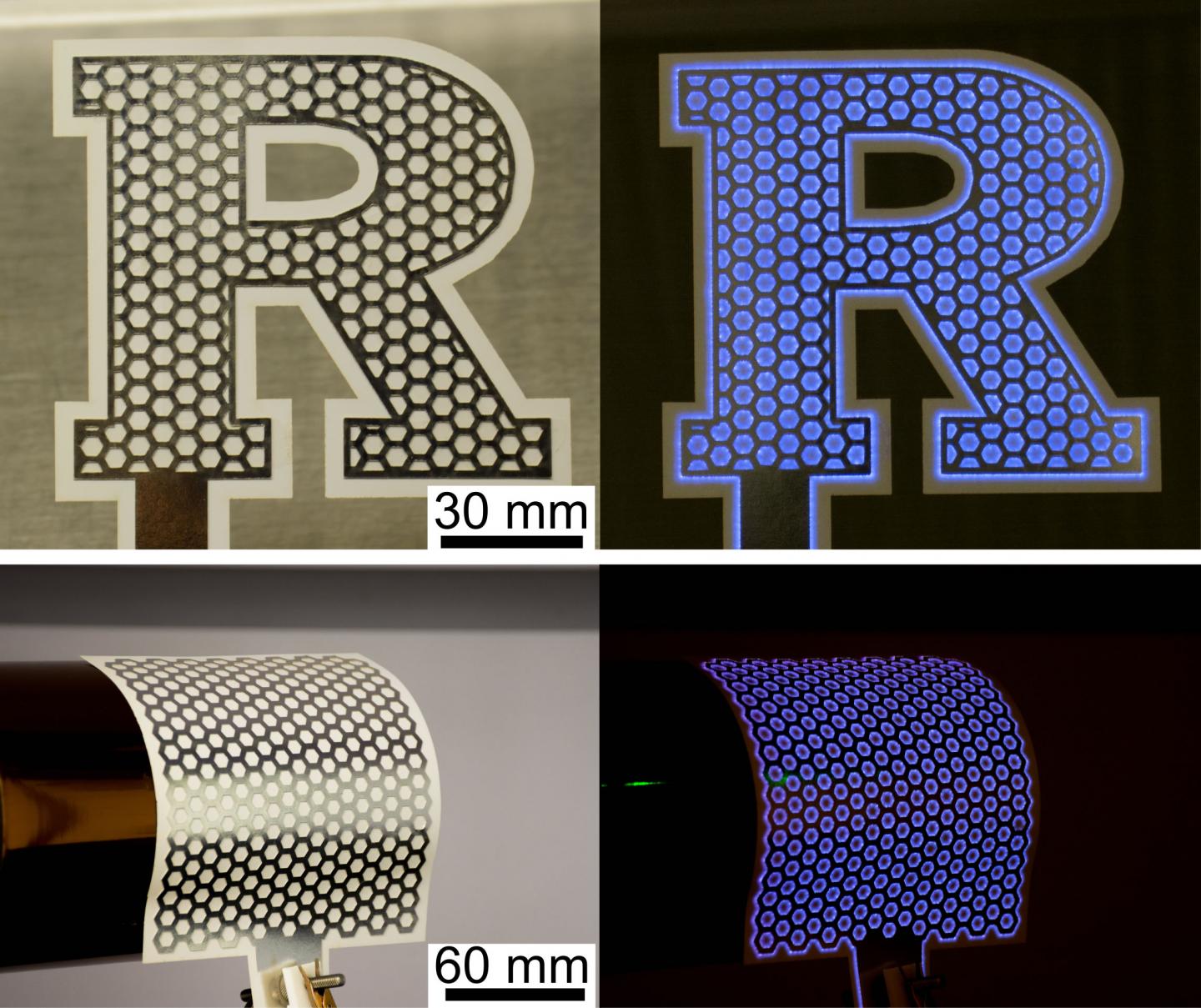Check out this week’s summary of some of the most interesting science news:
1. Killing Bacteria with…Paper?
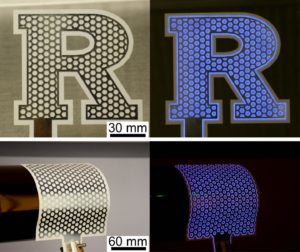
Scientists from Rutger’s University have developed a new flexible, portable and disposable device for killing bacteria using metallized paper. It consists of stacked layers of paper covered with aluminum in a honeycomb pattern. When high voltage is applied, plasma is generated. Plasma is a mixture of ions, reactive molecules and UV radiation, which is regularly used to kill bacteria. In these devices, the stacked, porous paper allows gas to permeate it, which in turn is fuel for the plasma and allows for cooling. The researchers showed they were able to inactivate 99.9% of E. coli cells after just 30 seconds of treatment. Further research is needed to assess how effective these devices are at eliminating spores, but preliminary results look promising.
In the future, this specialized paper could be used to clean laboratory equipment, as sanitizing bandages for wounds or as protective layers in clothing. Part of the researchers’ motivation was to develop clothes that could self-sterilize after being exposed to pathogens, like in the case of health workers during the ebola epidemic of 2014.
Xie, J., et al. Proceedings of the National Academy of Sciences. doi: 10.1073/pnas.1621203114
2. Flexible, Organic, Biodegradable Electronics
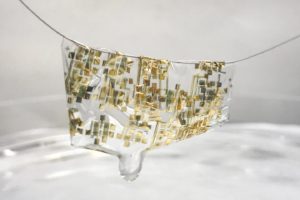
With the short lifespan and accessibility of electronics, electronic waste, or e-waste, is quickly becoming an ecological problem. Electronic circuits are made from non-biodegradable materials, often containing toxic substances like heavy metals. Looking for potential solutions to this mounting problem, a group of researchers from Stanford University developed a flexible, biodegradable semiconductor polymer that decomposes when exposed to mild acids. In addition, they developed a biodegradable electronic circuit, and a degradable substrate to hold everything together. The film-thin substrate is made from cellulose and can stick to rough and smooth surfaces. The best part is, when the circuit is no longer needed, everything can easily be degraded.
This new electronic device has the potential to be used in a variety of applications, including wearable electronics, like skin sensors to monitor glucose or blood pressure, and even implantable devices.
Lei, T., et al. Proceedings of the National Academy of Sciences. doi: 10.1073/pnas.1701478114
3. Water-Repellent Material Inspired by Snake Skin
In yet another example of scientists being inspired by nature, a research group from the University of Freiburg, in Germany, has developed a new water-repellent material that, when damaged, is capable of shedding its outer layer, much like the skin of a snake. The material comprises three layers, an upper water-repellent material, a middle layer made from a water-soluble polymer, and a super-hydrophobic silicon layer at the bottom. When the top layer is scratched and the material is submerged in water, the middle layer is dissolved and the top layer peels back, exposing the hydrophobic layer underneath.
Current water-repellent materials are sensitive to mechanical damage, leading to water permeation. In contrast, this new development could lead to the development of self-renewing water-repellent materials, like cloth for raincoats, that could restore their own hydrophobicity after damage. Check out the video below to see this snakeskin-like material in action.
(Video credit: American Chemical Society)
Hönes, R., et al. Langmuir. doi: 10.1021/acs.langmuir.7b00814
4. “Princess Pheromone” Is Expressed by Future Queen Ants
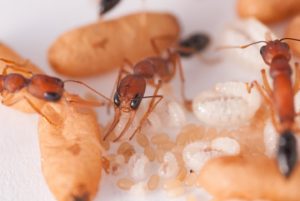
Every summer, around the time of the first rains, new queens of Indian jumping ants, Harpegnathos saltator, develop. Worker ants carefully groom them until they are ready to mate with the flying males, and later they leave to found their own colonies. But how do the workers distinguish between would-be queens and normal worker larvae? In a new study, led by Clint Penick from North Carolina State University, researchers identified a pheromone, which they call “princess pheromone,” produced by larvae that are preparing to become queens. This chemical communication allows adult ants to know which larvae are turning into queens, and thus work to ensure their proper development.
Interestingly, when the princess pheromone is expressed at inappropriate times, adult ants respond in a radically different fashion. When the timing is off for mating, or when there are already too many queens in development, adults respond by biting the larva expressing the pheromone. Harassed into submission, the larva subsequently develops into worker. This behavior allows for conservation of resources, as well as preservation of colony structure by preventing the development of more queens than the colony can support.
Penick, C.A., and Liebig, J. Animal Behaviour. https://doi.org/10.1016/j.anbehav.2017.03.029
5. Counting Birds from Space
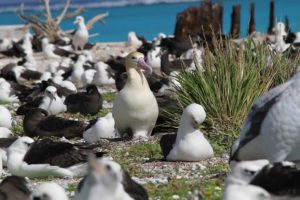
The albatrosses are a group of large, marine birds comprising several species, a number of which are critically endangered. It is difficult to keep track of their population numbers, because they nest in remote islands that are often unpopulated and hard to reach. But now, in a study published in the journal Ibis, scientists show that the highest resolution satellite images can capture individual albatrosses, making it possible to count them without actually having to be there.
In this study, they used 30-cm resolution images from the WorldView-3 satellite to count a Wandering Albatross colony in South Georgia, a well-studied group, and found the numbers comparable to ground-counts of nests. They then applied the technique to count a remote colony of endangered Northern Royal Albatross in the Chatham Islands, which had not been counted recently, and made a concerning discovery. On one of the islands, the satellite count was significantly lower than the previous ground-count, which illustrates the importance of frequent population counts for conservation efforts. The use of this new satellite imagery offers a great alternative for better and less disruptive monitoring of bird populations, which is especially important for endangered species.
Fretwell, P.T., et al. Ibis. doi: 10.1111/ibi.12482
